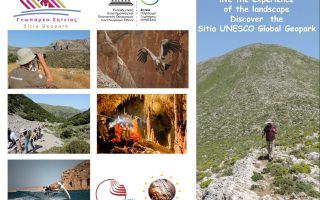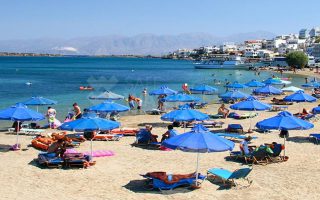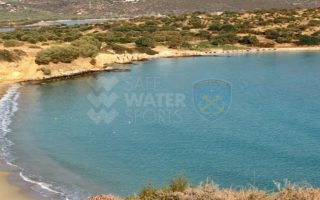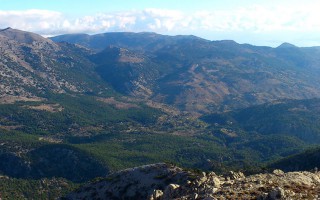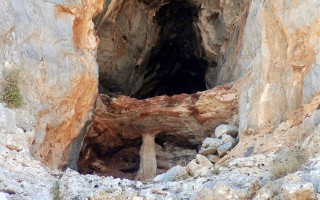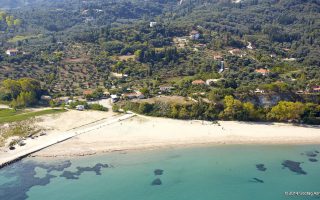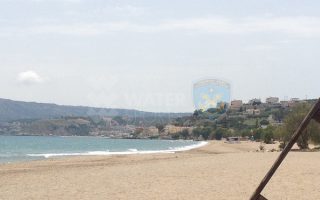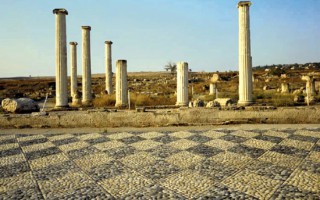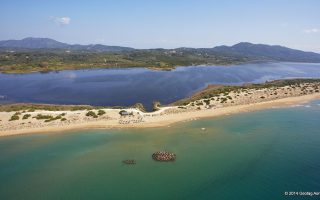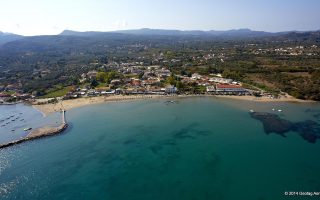In the area, it is known as Rapas cave. However, it is more widely known as Milatos cave. It lies east of Milatos. From a village, there is a road leading you to the cave area after 2,5 kilometres.
From there, if we follow a path for 15 minutes, we arrive at the entrance of the cave which lies at an elevation of 155 metres. The cave has 8 small and big entrances along 40 metres, arranged on three different horizontal levels.
We use the large central entrance, which is 9 metres in width and 2 metres in height. The rigth entrance (access to the exterior part is difficult) allows for the daylight to illuminate the chamber where the church is situated. Both those entrances lead to the main part of the cave. The others lead to the left smaller part of the cave. In the first part of the main chamber, a church was erected in 1953 dedicated to Saint Thomas.
There, a liturgy (Sunday Mass) is held once a year in commemoration of the Saint, that is on “Thomas Sunday (Second Sunday of Easter). On that day a local celebration of national character takes place in the area.
Near the church, there is an ossuary where some of the sacred relics of victims that died in a battle in 1823 (during the Greek Liberation War against the Turkish Occupation) are kept. After the church, the floor becomes sloping and in the end it becoms horizontal.
In all areas of the cave, there are many small and big pillars arranged in clusters, which constitute an amazing spectacle. Stalagmites are fewer, however very spectacular. Stalactites are scarce. Pillars divide the cave into many chambers.
The cave has been opened up in Cretaceous limestone, at a precession of which lie the entrances. What we can see today are the remains of a bigger undergroung sinkhole that used to expand mainly to the part of the gully. The total length of the cave attains 75 m, the width in the entrance area is 45 metres, which becomes narrower and narrower as we walk further into the cave. The deepest part of the cave is 12 metres lower than the entrance level.
Circulation is easy in many areas. After exploitation of the cave, the walking path will attain 200 metres. The cave has been characterized as a cave of great national interest. It was mapped by El. Platakis on 28th August 1953, while a more detailed mapping was carried out by members of the speleological society led by Anna Petrochilou on 7th December 1969.
Source: www.incrediblecrete.gr


